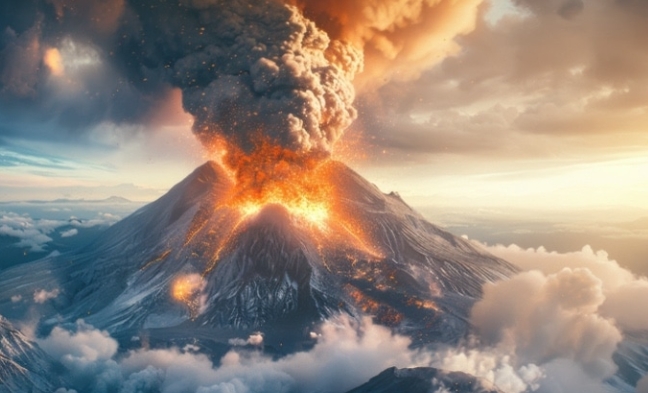Mount Vesuvius: Italy’s Most Infamous Volcano
Standing tall on the Gulf of Naples, Mount Vesuvius is a powerful symbol of nature’s unpredictability.
A History of Destruction
For centuries, Vesuvius has been the source of destruction and tragedy. In 79 AD, the volcano erupted, burying the cities of Pompeii and Herculaneum in ash and lava.
The Pompeii Catastrophe
The eruption of Mount Vesuvius in 79 AD was one of the most catastrophic events in history. Pompeii, a bustling Roman city, was frozen in time under a blanket of volcanic ash.
The Legacy of Pompeii
Today, visitors can explore the ruins of Pompeii and gain insight into daily life in ancient Rome. The preserved buildings, frescoes, and artifacts provide a glimpse into the past.
The Modern Threat
Despite its destructive history, Vesuvius is still an active volcano. Scientists closely monitor its activity to predict potential eruptions and protect nearby communities.
Awe-Inspiring Views
Despite its destructive potential, Mount Vesuvius offers breathtaking views of the Bay of Naples and the surrounding landscape. A hike to the crater provides an unforgettable experience.
Visiting Mount Vesuvius
Visitors can easily reach Mount Vesuvius from Naples or Sorrento by car or public transportation. Guided tours are available for those who want to learn more about the volcano’s history and geology.
In conclusion, Mount Vesuvius is a powerful reminder of the forces of nature. Its history of destruction and ongoing activity make it a must-see destination for travelers to Italy.

